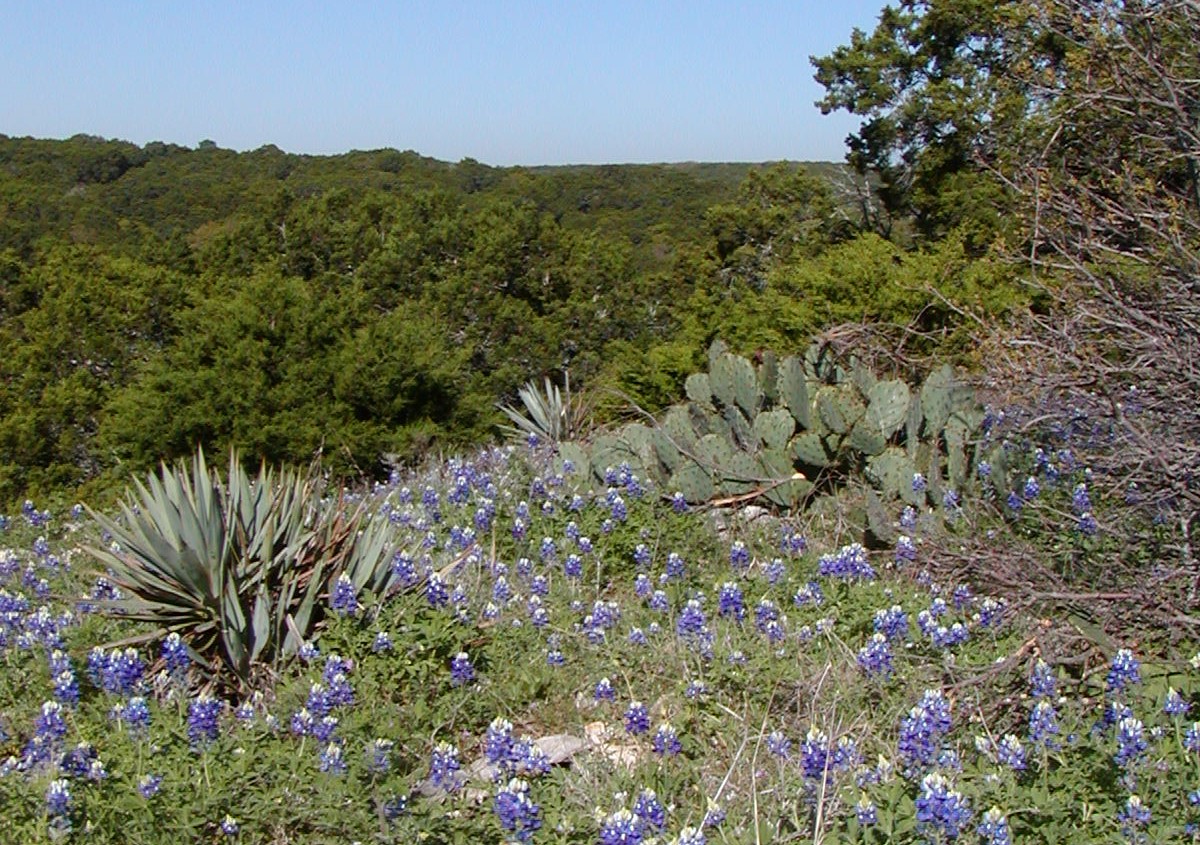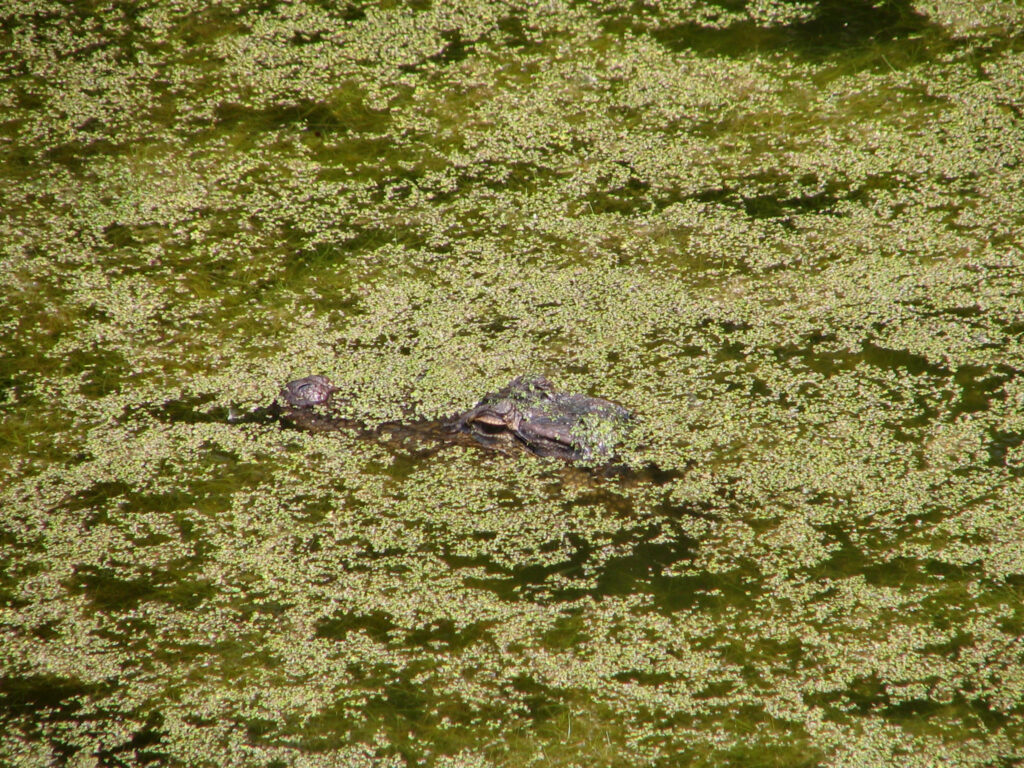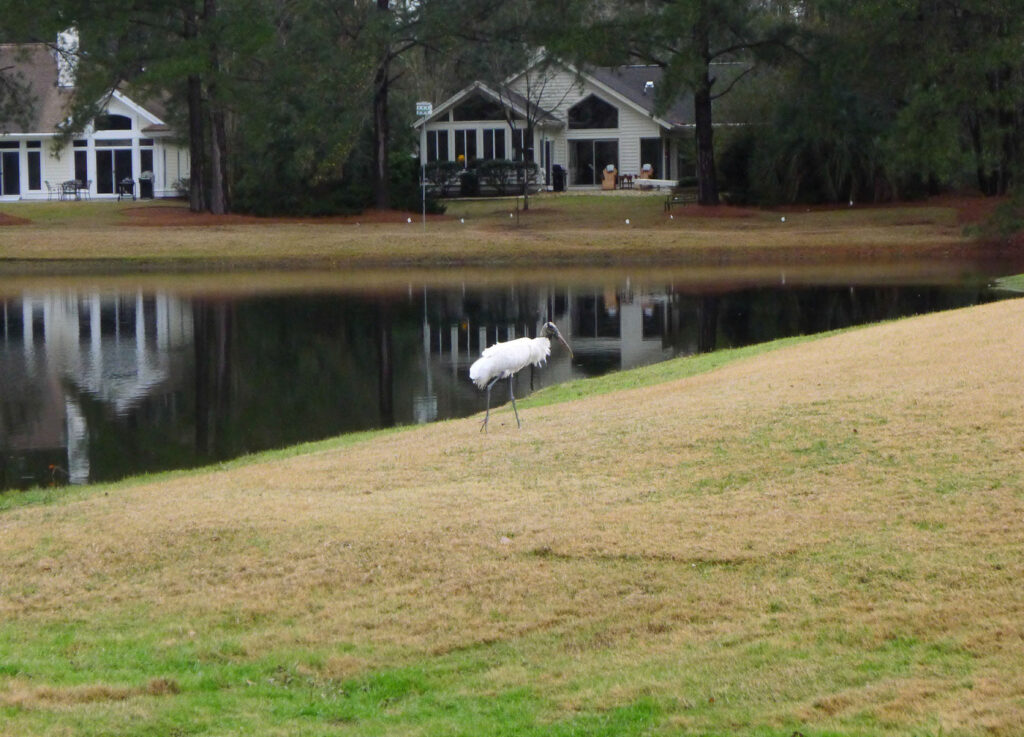The Fifth Circuit Court decision on Bosque Canyon Ranch agrees with many of the issues raised by NALT in its amicus curiae brief. The Fifth Circuit effectively rights the wrongs of the 2015 Tax Court decision on this matter where the IRS concluded that the donors of a conservation easement were not entitled to a charitable deduction for several reasons, alleging that the conservation easement did not afford perpetual protection to the property, and that the baseline documentation was inadequate.
The Fifth Circuit in its analysis of the adequacy of the baseline documentation found that,
The Tax Court’s hyper-technical requirements for baseline documentation, if allowed to stand, would create uncertainty by imposing ambiguous and subjective standards for such documentation and are contrary to the very purpose of the statute. If left in place, that holding would undoubtedly discourage and hinder future conservation easements. NALT had documentation before it that was more than sufficient to establish the condition of the property prior to the donation of the conservation easement. The Tax Court clearly erred in finding to the contrary. (p. 15)
Over the years, it has been a point of contention between land trusts and the IRS whether a balance could be found that ensures a conservation easement meets the perpetuity requirement of the Code, while maintaining flexibility that allows for changing environmental and social circumstances.
With respect to perpetuity, the Court found that:
… the Tax Court’s reliance on Belk is misplaced. The easements at issue in this case differ markedly from the easement in Belk.
Among other distinctions, the instant easements allow only the homesite parcels’ boundaries to be changed and then only (1) within the tracts that are subject to the easements and (2) without increasing the acreage of the homesite parcel in question. They do not allow any change in the exterior boundaries of the easements or in their acreages. Thus, neither the exterior boundaries nor the total acreage of the instant easements will ever change: Only the lot lines of one or more the five-acre homesite parcels are potentially subject to change and then only (1) within the easements and (2) with NALT’s consent.
[…] Only discrete five-acre residential parcels, entirely within the exterior boundaries of the easement property, could be moved – for example, to account for locations subsequently chosen as nesting sites by the warblers. (p. 8)
The need for flexibility to address changing or unforeseen conditions on or under property subject to a conservation easement clearly benefits all parties, and ultimately the flora and fauna that are their true beneficiaries. (p. 10)
One thing that NALT prides itself on is its ability to help landowners achieve permanent conservation of their property that is consistent with their vision and goals for the continued economic use of their property. We know that planning for perpetuity—a future that extends beyond a present landowner’s lifetime—is not easy, and we therefore include flexibility for circumstances far beyond the landowner’s planning horizon. In this way, we hope to create a sustainable future for the ever-changing landscape, as well as landowners to come. Thanks to this important decision from the Fifth Circuit, we are encouraged that we’ll continue to be successful.
NALT invested its own resources to provide this amicus curiae brief in support of the landowner, and to establish good legal precedent. We are glad that Fifth Circuit adopted our arguments, and we look forward to seeing the positive elements of this decision applied in future cases.
If you would like to support NALT’s leadership on these issues, please consider making a tax-deductible contribution here.
Work cited
BC Ranch II L.P., BC Ranch I, Incorporated v. Commissioner of Internal Revenue, 16-60068 (5th Cir. 2017)



